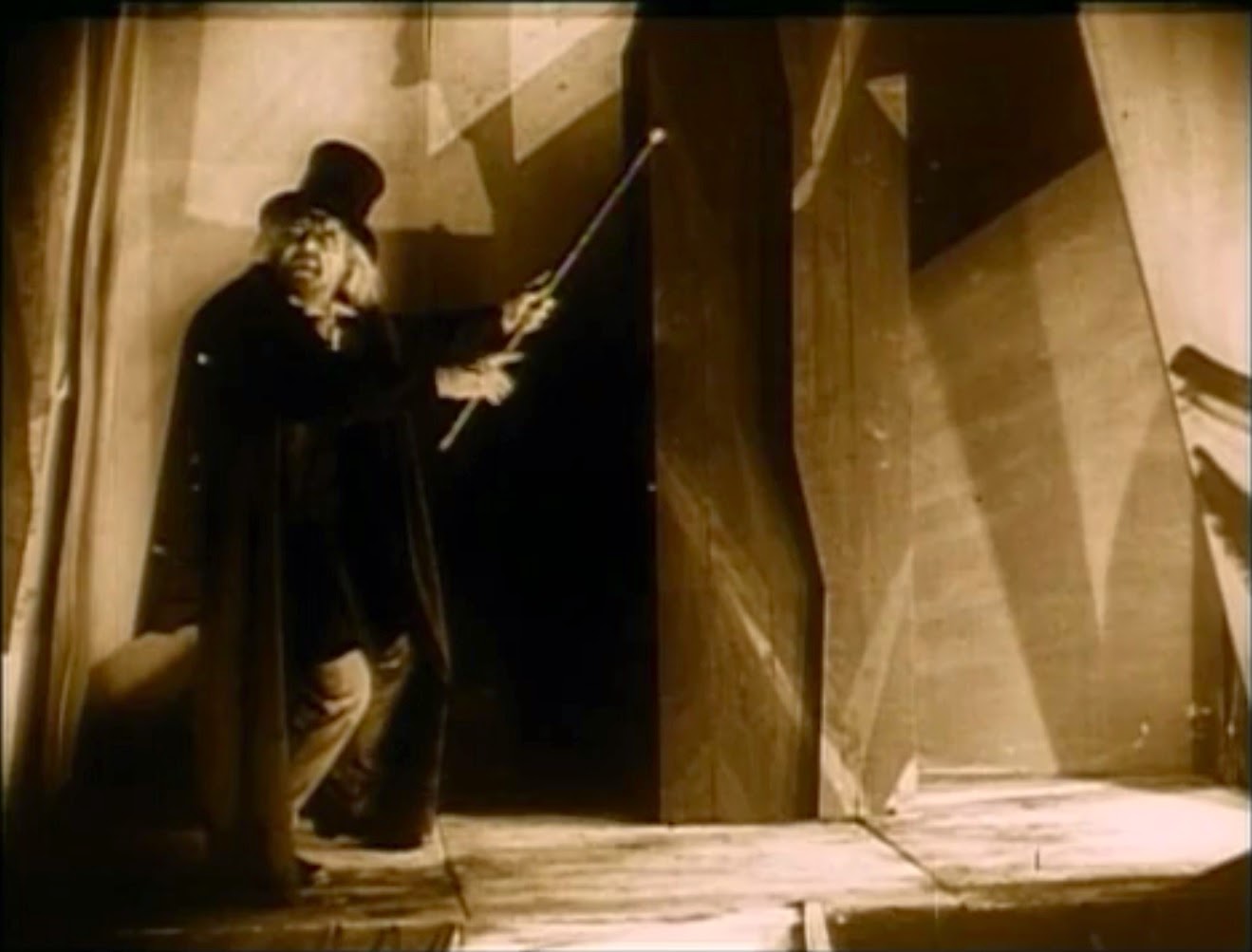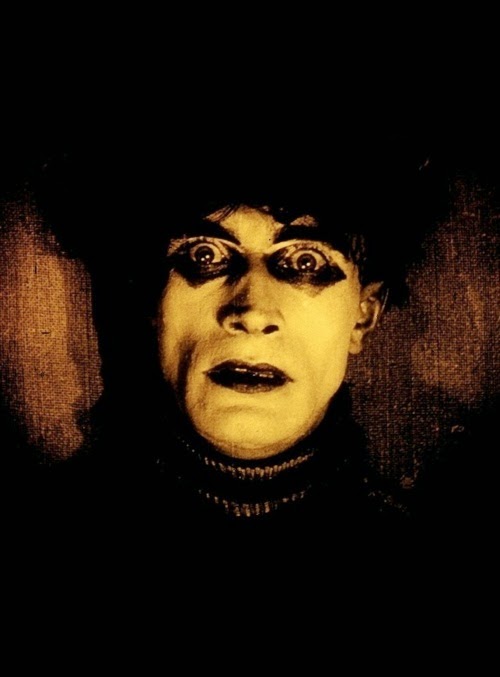 |
| From http://i.ytimg.com/vi/0FirRqp5dCs/hqdefault.jpg |
Dir. Masami Obari
 So much anime has been made since
its origins in the sixties, just in the era when the West caught onto the
medium, that you don't need to go far into it to reach the ninety nine percent
that you take the best, the one percent, from. Be it obscurities, the
underrated, criminally forgotten, the guilty pleasures, the mediocre, the
product and the worst. Even in the UK, before we got a lot of anime now, always
behind on the USA of having so much titles get released, we still got some
obscure titles on VHS and DVD, probably to be found in a second hand DVD store
or charity shop. Virus Buster Serge
is amongst this anime, it's history vague for me - a videogame adaptation, from
the same creators of Bomberman Hudson Soft, though I cannot find
screenshots of the Sega Saturn game
in question, just the PlayStation
one from 1999 that proves this franchise did have fans. When the anime starts
on its first episode, the first information, the setup, repeated in the opening
title credits between a male and female voiceover, immediately reveals why this
title has became obscure. Immediately it sets up its crippling flaw, that it
feels like a twenty four or so episode anime series crammed into just twelve
episodes. You already have complicated dialogue that tries to sound important
and throws in words like "Black Valentine" which, while eventually
explained, aren't revealed as early as possible in the episodes themselves or are
particularly needed. Already, I'm criticising the anime in the first paragraph,
but I'll give the following statement. It is utterly fascinating in my
obsession with nineties anime, but I'm not going to recommend the series except
only to those curious with anything I say or the screenshots you see. This is
an anime which wanted to be and sound important but comes off as something
vague and peculiar instead, as much of its interest as well as its weakness
from the fact this feels like it was handicapped before it even got out onto
television, not necessarily because of anyone in particular working on it.
So much anime has been made since
its origins in the sixties, just in the era when the West caught onto the
medium, that you don't need to go far into it to reach the ninety nine percent
that you take the best, the one percent, from. Be it obscurities, the
underrated, criminally forgotten, the guilty pleasures, the mediocre, the
product and the worst. Even in the UK, before we got a lot of anime now, always
behind on the USA of having so much titles get released, we still got some
obscure titles on VHS and DVD, probably to be found in a second hand DVD store
or charity shop. Virus Buster Serge
is amongst this anime, it's history vague for me - a videogame adaptation, from
the same creators of Bomberman Hudson Soft, though I cannot find
screenshots of the Sega Saturn game
in question, just the PlayStation
one from 1999 that proves this franchise did have fans. When the anime starts
on its first episode, the first information, the setup, repeated in the opening
title credits between a male and female voiceover, immediately reveals why this
title has became obscure. Immediately it sets up its crippling flaw, that it
feels like a twenty four or so episode anime series crammed into just twelve
episodes. You already have complicated dialogue that tries to sound important
and throws in words like "Black Valentine" which, while eventually
explained, aren't revealed as early as possible in the episodes themselves or are
particularly needed. Already, I'm criticising the anime in the first paragraph,
but I'll give the following statement. It is utterly fascinating in my
obsession with nineties anime, but I'm not going to recommend the series except
only to those curious with anything I say or the screenshots you see. This is
an anime which wanted to be and sound important but comes off as something
vague and peculiar instead, as much of its interest as well as its weakness
from the fact this feels like it was handicapped before it even got out onto
television, not necessarily because of anyone in particular working on it. |
| From http://www.animated-divots.net/images/serge.jpg |
As the series doesn't actually
explain its plot as it starts, I'll simplify it from all the jargon that gets
thrown at the viewer immediately in the first episodes for a simple outline. A
form of satellite hovers above a future Earth, sending down a form of virus
which effects computers and human beings equally, causing horrible mutations
and with the clear goal of weakening humanity, to spread and control the
population if left unstopped. The problem has been lengthy when the series start,
Earth unable to eliminate the satellite, but have kept the virus in some
control. Set in Neo Hong Kong, the group employed to eliminate any virus
outbreaks are S.T.A.N.D., (the acronym is never actually explained), part of a
larger, potentially corrupt organisation, and are effectively the moodier
cousins of the Power Rangers. The group is led by the enigmatic Raven, a man
who is cryptic and rarely providing information that would've helped his group
if they were informed of it. Actually, to get to the ending of the series
immediately, a lot of problems that take place in the series could've been
softened if he told someone any of the information of a bleak background story
he knows of, furthered by the unexplained prescience of a female main computer
hologram named Donna whose interactions with him in hushed tones clearly mean
she represents something of importance. He's has long black hair, he looks
pretty when he broods, and eventually even his own group rebel against him in
the final episodes. Said team originally starts out as four members, one
staying back to pilot their assault ship and provide tech help, the others
(literally) melding their power suits, Variable Gears, onto their bare flesh
before combat. Marcus the methodical veteran with a penchant for jackets with
fur on the neck. Jouichirou, the cocky guy. Mirei, a teenage girl who pilots
their assault craft and, a talented computer hacker, makes the perfect tech
person for the team. And Erika, the convention of the female anime character -
hand-to-hand combat specialist, the sexy pin up figure for viewers, the
potential love interest for the main protagonist, and unfortunately given the
position of being the one who gets emotional and cry at least once rather than
be as tough as the smart male viewers would want her to be. An inexplicable
fifth member, titular protagonist Serge, appears out of nowhere during a virus
related incident to try and kill Raven. Rather than have him imprisoned, Raven
hires him, knowing something secret about the mysterious Serge and his dark countenance.
 |
| From http://anime-fanservice.org/coppermine/albums/ V_galleries/Virus_Buster_Serge/Virus_Buster_Serge-05.jpg |
From here, S.T.A.N.D. must take
on the virus outbreaks while being targeted from their own side as well as
through what they face. It's been possible, with flaws or not, for an anime to
cram a much bigger story into a much shorter length then would seem practical. It
would common especially in the nineties however for anime to have abrupt
endings or none at all. Virus Buster
Serge even as a TV series has a frantic tone to getting all its content,
including an ending, into just twelve episodes. Twelve episode anime can work,
but this story and what it desires to do clearly needed double its length,
especially when it's more concerned with esoteric dialogue rather than action
or pushing the plot along. Virus Buster
Serge could've been as generic and as off-paced as a twenty four or so
episode series, but it would've spaced out all this series tries to cram in. It's
a series, as someone who usually isn't a big fan of them, where episodic, one
shot episodes would've been welcome, needing the four tier plot structure of
longer anime series - opening quarter introducing the world, plot and characters;
next quarter setting up the main plot; the third quarter the dynamic turn of
events; the final quarter the finale - rather than smush it all in as it does. The
series decision to try to be mysterious, of conspiracy, secret identities, a
psychological drama with people in power suits fighting bio-mechanical
monsters, doesn't help. It clearly wants to be Neon Genesis Evangelion (1995-1996).
 |
| From http://www.homemademech.com/Uploads/Areview/24341102806324.jpg |
The comparison makes a lot of
sense considering Virus Buster Serge
came to be two years after the first episode of Evangelion. Evangelion
is one of the most popular anime franchises in Japan and the West, as well as
one of the controversial. One which pushed the potential for unsettling
content, which would mean a lot of television anime would be made to shown at
two or so in the morning from then on, as much because of the production
difficulties, of how to end it and how co-creator Hideaki Anno had a psychological breakdown halfway through producing it, thus leading to
improvised experimentation and even darker psychological content. When animated
sci-fi is usually seen as Transformers in
geek culture, Evangelion pushed for
more adult, psychologically complicated sci-fi in anime. It meant, after, there
was a period where more experimental anime series were given a chance, from Serial Experiments Lain (1998) to Boogiepop Phantom (2000). It also led
to imitators, something I don't criticise as, considering Evangelion is still a gigantic merchandising industry by itself, I
wouldn't blame anyone else wanting a piece of the moody sci-fi pie. I cannot
look at Virus Buster Serge and not
think someone had been influenced by the popular franchise, only rather than
characters and their back stories against the situations taking place, Virus Buster Serge was more interested
in a lot of jargon that sounds significant. This series also saw Evangelion's later episodes, once
something went weird, and maybe The End
of Evangelion (1997), where everything went to hell, and it throws
symbology and freakish imagery around continually. A ghostly woman with angels
wings, a white throne in a septic white room, vague swirling colours and
depictions of cyberspace like a cybernetic, omninous snowball. Nothing about it
has any real depth to it, but God bless the series, it's poor but it's
memorable for its structurally pointless, but well drawn, symbolism. It even
borrows Evangelion's crucifix
imagery, which even Evangelion
didn't depict with any actual depth to it originally.
 |
| From http://virusbusterserge.blox.pl/resource/Virus_Buster_Serge_baje_pl_8.jpg |
Most of the series, when it's not
these scenes, or an occasional action scene, are characters in static talking
of vague things. Obvious plot points don't get explained until much later on
then they should as already mentioned. Everything, despite the bright nineties,
hand drawn colours of the characters, is muted, grey or darkly painted. There
are no real background details if you notice, not a lot of background figures
or detail, adding a lifeless feeling. The other divisive issue with this series
is the character designs by the director himself. I am not criticising his
abilities as an animator, as I still need to see his best work which has some
pedigree of his behind it from what I've read of. He has become obscured in his
craft from the early 2000s or so, having ended up directing hentai (porn) anime
and steadily directing other work within the last decade, but is someone who
has some well known titles in his career, including a few fighting game
adaptations. His character designs are distinct, but are exaggerated in a way
that feel they could've only worked in the nineties, not palatable for many in
the last few decades looking on at them. The male character designs aren't that
drastic, barring the lithe muscular figures, but it's the female character
designs that stick out like a sore thumb. It's not even the proportions, as
there have been many an anime you can accuse for female characters with
insanely large breasts, waspishly thin waists, and lengthy legs. It's the
faces, drawn and on these stereotypical proportions, which stand out, especially
with the character Erika. Unconventionally shaped faces and eyes, snaggletooths
and a ill-proportioned mix between cartoonish and attractive. At times, the
designs work, but drawn at certain perspectives and angles, they look off in symmetry
and quality. I also suspect this series was handicapped in being a television
series - unlike feature film or straight to video anime, the former usually
high budgeted, the later able to have more time to work on them depending on
the specific project, television had a strict deadline, and Virus Buster Serge does feel like one
with not the highest budget it could've gotten.
.jpg) |
| From http://i.ytimg.com/vi/4SRTf-LJCz8/hqdefault.jpg |
Abstract Rating
(High/Medium/Low/None): None
So what exactly happens in Virus Buster Serge when it's all put
together? There's a lot of mystery, vague events taking place in the
background, but were they worth doing when we could've have a more conventional
superhero team story which more action, a little of the sci-fi and intrigue? The
thing with Neon Genesis Evangelion,
for its psychological drama, was that, being inspired by Ultraman, it was an action sci-fi first, with the character
building and unsettling content built around this genre core. It's not even
that it had the advantage of more episodes, as for its rocky production
history, where line drawings were used in episode previews instead of
animation, and probably not out of stylistic flourish, it managed to do well
for itself with a giant legacy as a reward. Virus Buster Serge could have worked with what it had. The episodes
have to juggle the symbolism, the esoteric and the exposition in a mad
cocktail. It should be legitimately weird and interesting for all its intrigue,
and in some ways it is as a curiosity of the nineties anime industry. The
colours, the genre melding, the view of the future coming up to the Millennium,
the hand drawn results certainly for me entertaining to view rather than a good
narrative story. The irony is that, despite its trippy symbolism, it never
becomes trippy in structure and tone. It becomes fraught between the action
sci-fi and the mysterious drama, and its more the conventional action sci-fi in
the end, making the intrigue pointless, wasting time that could've been
somewhere else, and not making it strange enough to get on the Abstract List.
 |
| From http://www.rubberslug.com/user/2df32791a6014fd7 adda9e0f348d7746/331972-9277399-vbs-serge-5-ep12-cap.jpg |
Personal Rating:
I find more to get from this
examining the result as it stands, not good, but to look on at with interest.
As stated early on in the review, this is an anime only for the curious. Most
people will find it generic and not that interesting. That's not to say there
aren't fans of Virus Buster Serge online,
but I can see many that won't like it. For me it's interesting to look at
instead.






















